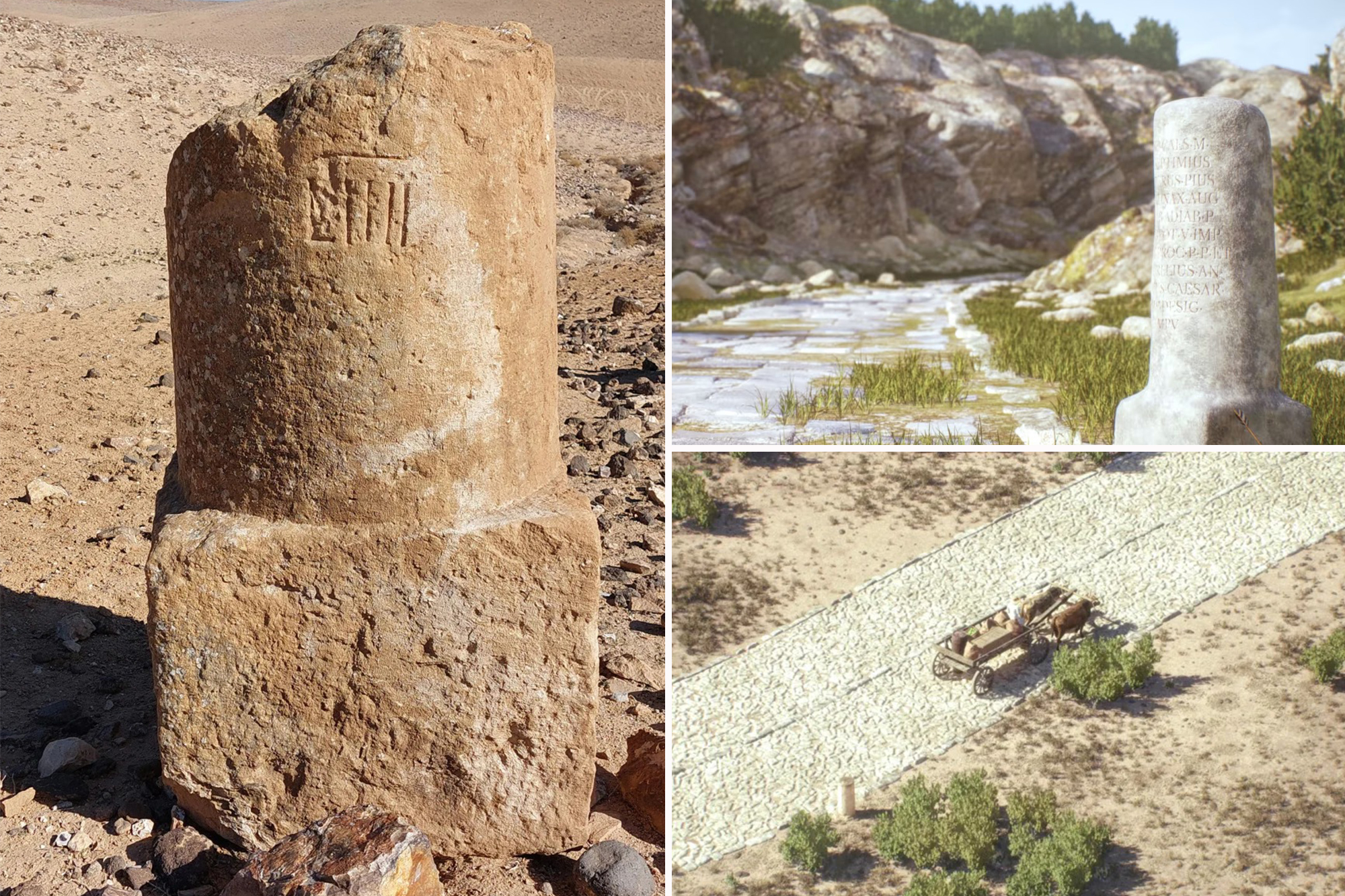Lifestyle
International Team Launches ‘Google Maps’ for Ancient Roman Roads

A groundbreaking visualization tool called Itiner-e has been developed by an international team of researchers, offering a virtual map of the ancient Roman roads. This innovative resource enables users to explore the extensive network that once connected Europe, the Near East, and North Africa. The tool is described by Tom Brughmans, an archaeologist from Aarhus University in Denmark, as the “Google Maps for Roman roads.”
The interactive map is the culmination of over 200 years of research on Roman infrastructure. It spans more than 300,000 kilometers (approximately 186,000 miles) of the Roman Empire’s transportation system. Brughmans emphasized that the project aims to create a comprehensive resource that allows continuous contributions from scholars to enhance the database.
New Perspectives on Ancient Travel and Trade
The creators of Itiner-e hope that the map will provide users with insights into how people, ideas, and even infectious diseases spread throughout the Roman Empire over 2,000 years ago. By interacting with this digital representation, users can visualize the routes taken by Romans as they transported food, wine, people, and military supplies in horse-drawn chariots and carriages.
This dataset amalgamates a wide range of research, presenting a more inclusive understanding of the Roman road network than previously available. Dr. Catherine Fletcher, a historian at Manchester Metropolitan University in the UK, noted, “This dataset brings together a huge range of research to give a bigger and more comprehensive picture of the Roman road network than we’ve had before.”
While the tool offers a remarkable glimpse into the past, it is essential to recognize its limitations. The map’s accuracy is variable; approximately 90% of the roads depicted are not exact, and about 7% are based on hypotheses. These discrepancies arise from the uneven availability of data and the challenges associated with identifying distinct types of Roman roads.
As this tool gains traction, it not only enriches our understanding of ancient infrastructure but also serves as a platform for ongoing scholarly engagement. Researchers and enthusiasts alike are encouraged to contribute to the database, ensuring that Itiner-e remains a vital resource for both education and exploration of the Roman Empire’s vast network.
-

 Top Stories2 weeks ago
Top Stories2 weeks agoMarc Buoniconti’s Legacy: 40 Years Later, Lives Transformed
-

 Sports3 weeks ago
Sports3 weeks agoSteve Kerr Supports Jonathan Kuminga After Ejection in Preseason Game
-

 Science3 weeks ago
Science3 weeks agoChicago’s Viral ‘Rat Hole’ Likely Created by Squirrel, Study Reveals
-

 Politics3 weeks ago
Politics3 weeks agoDallin H. Oaks Assumes Leadership of Latter-day Saints Church
-

 Entertainment3 weeks ago
Entertainment3 weeks agoZoe Saldana Advocates for James Cameron’s Avatar Documentary
-

 Business3 weeks ago
Business3 weeks agoTyler Technologies Set to Reveal Q3 2025 Earnings on October 22
-

 Lifestyle3 weeks ago
Lifestyle3 weeks agoKelsea Ballerini Launches ‘Burn the Baggage’ Candle with Ranger Station
-

 Health2 weeks ago
Health2 weeks ago13-Year-Old Hospitalized After Swallowing 100 Magnets
-

 Lifestyle3 weeks ago
Lifestyle3 weeks agoDua Lipa Celebrates Passing GCSE Spanish During World Tour
-

 Health3 weeks ago
Health3 weeks agoCommunity Unites for Seventh Annual Mental Health Awareness Walk
-

 World3 weeks ago
World3 weeks agoD’Angelo, Iconic R&B Singer, Dies at 51 After Cancer Battle
-

 Sports3 weeks ago
Sports3 weeks agoPatriots Dominate Picks as Raiders Fall in Season Opener








